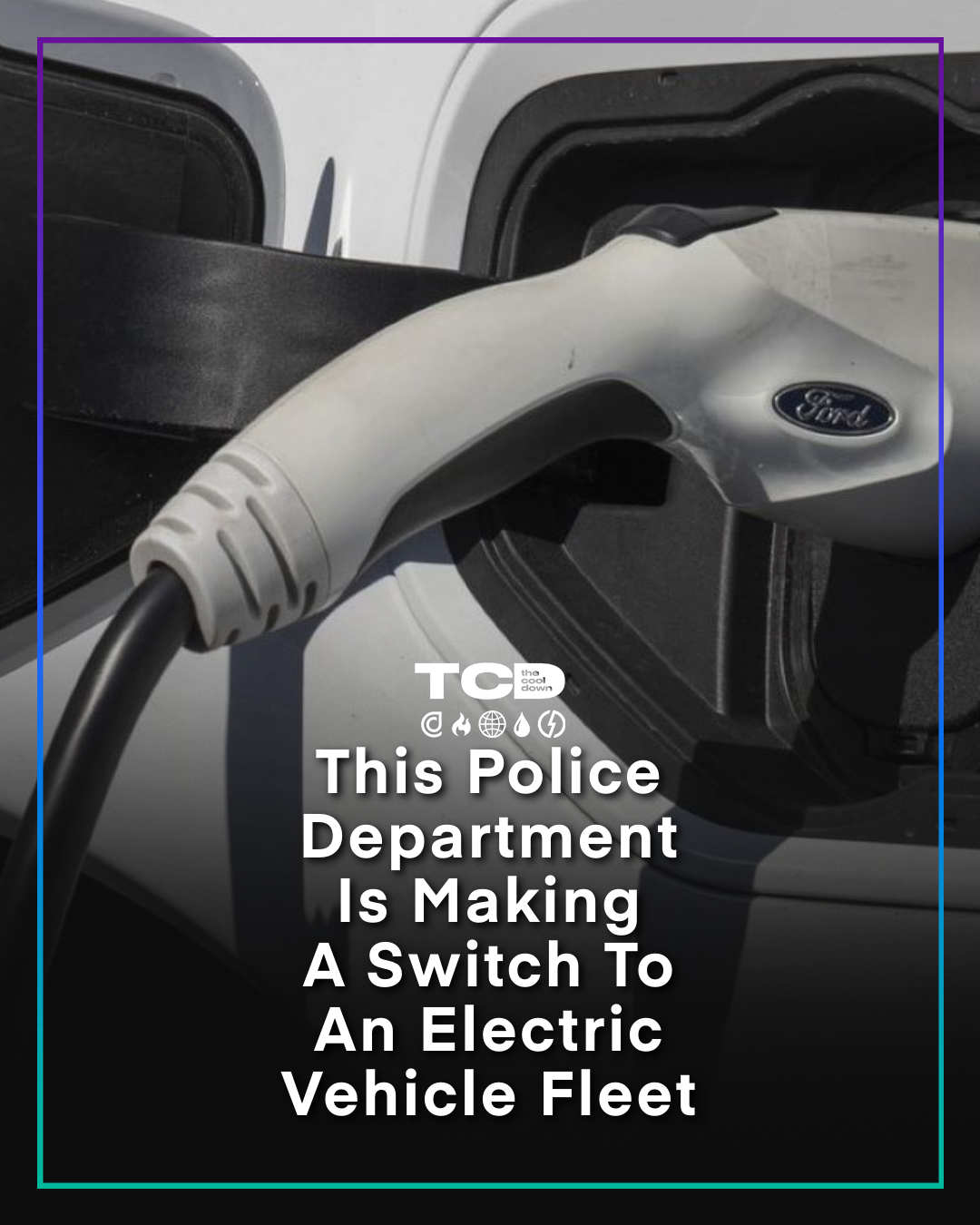Setup
The focus of the test was the effectiveness of different kinds of social proof in persuading EV buyers. To that end, the two assets were designed to test performance across the following A/B split:
- ASocial proof from businesses like Uber
- BSocial proof from government organizations like the Claremont (NH) Police Department
 A
A
 B
B
Test Results
Attention Share and Engagement Share reflect the percentage of test-wide scoring accounted for by individual variants or demographics. Read more below in the Methodology section.
Aggregate Insights
Messaging around Uber as a source of social proof produced more attention at the top of the funnel and more engagement deeper down the funnel.
The stronger engagement performance of the police-focused message relative to its attention performance suggests that police-oriented social proof has the potential to drive action when effectively leveraged.
Further testing could compare social proof from different types of first responder groups — e.g., police vs. fire vs. EMS — to determine if some proof points are more effective than others.
Gender-based attention and engagement shares reflect the relative attention or engagement per gender for each variant. Read more below in the Methodology section.
Gender Insights
The test population skewed toward male participants, who demonstrated a strong preference for Uber-focused messaging at the attention level but a more balanced split between the two messages at the engagement level.
With a smaller sample size, the female audience demonstrated an overwhelming preference for Uber-focused messaging across attention and engagement metrics.
Further testing could specifically target the female audience with additional first responder variants (e.g., fire and EMS) to determine whether the directional data from this test holds true at scale and across all types of first responder proof points.
Age-based attention and engagement shares reflect the relative attention or engagement per age bracket for each variant. Read more below in the Methodology section.
Age Insights
The test population skewed toward participants over the age of 35, who demonstrated a strong attention and engagement preference for the Uber-focused message.
With a smaller sample size, participants under the age of 35 demonstrated a strong attention and engagement preference for the police-focused message.
Further testing could target participants under the age of 35 with additional first responder variants (e.g., fire and EMS) to determine whether the attention and engagement potential in this sample can be unlocked at scale.
Methodology
This test was conducted with two message variants and a prequalified TCD audience of 3,477 likely adopters. Among those participants, 6.4% paid measurable attention to the test assets and 3.2% registered measurable engagement.
Attention Score measures the likelihood that a message will capture eyeballs in the wild. It’s calculated using the rate at which test participants respond to a CTA to learn more about the subject.
Engagement Score measures the likelihood that a message will elicit a meaningful response from the audience. It’s calculated using a proprietary algorithm that weights measurable metrics — shares, saves, likes, etc. — in a way that has proven to be meaningfully correlated (r > .5) to real-world conversion behavior.
Attention Share and Engagement Share reflect the percentage of test-wide scoring accounted for by individual variants or demographics. For example, an engagement share of 25% means the variant or demographic in question accounted for 25% of the cumulative engagement score produced by all segments in the test.







